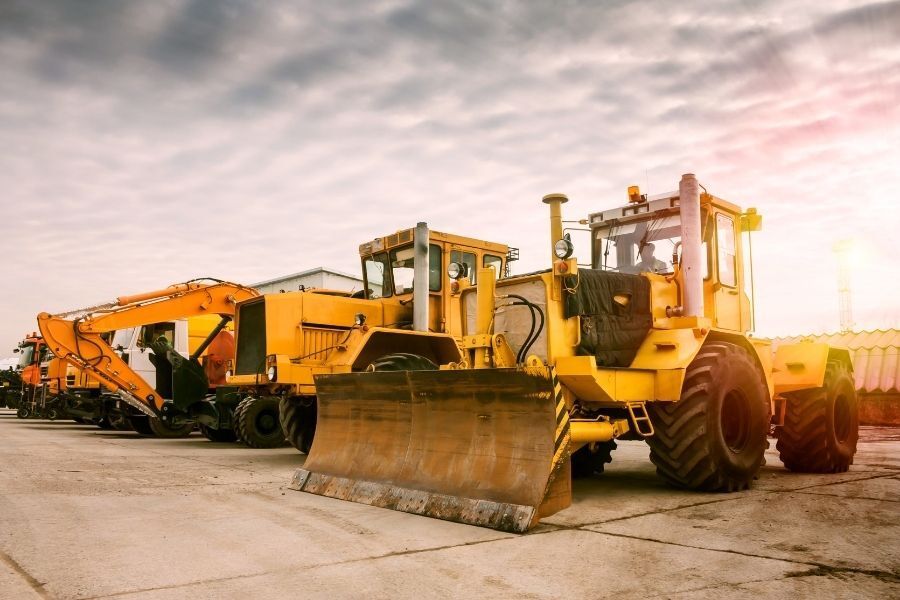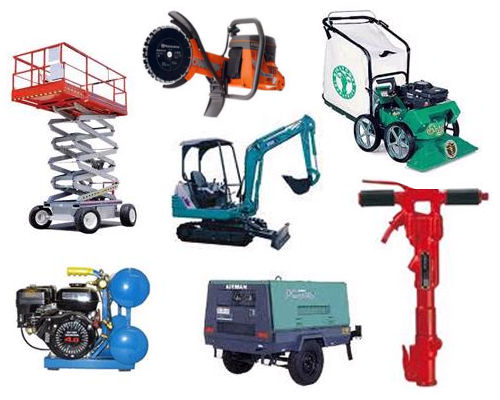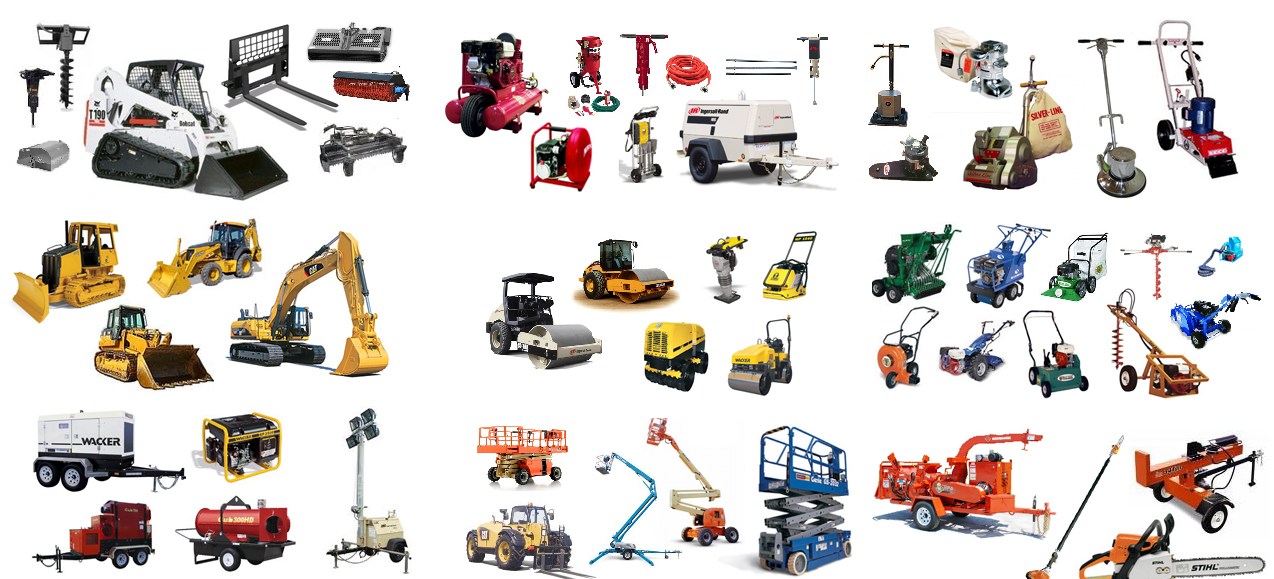Maximize Your Budget by Recognizing the Costs Connected With Building And Construction Devices Leasings
Understanding the full scope of costs linked with building and construction devices services is critical for maximizing your budget. What techniques can be employed to successfully handle these costs and ensure an extra efficient rental experience?
Overview of Rental Expenses
When thinking about building devices rentals, understanding the connected prices is extremely important for efficient budgeting and project planning. Rental costs can vary significantly based on numerous variables, including equipment kind, duration of leasing, and location. The initial rental charge typically mirrors the tools's market need and its connected operational capabilities, affecting the total expense.
Along with the base rental rate, supplementary prices might arise, such as transport fees, gas surcharges, and maintenance costs. It is vital to represent these additional expenses to precisely examine the total expense of renting out devices. Additionally, the rental duration can affect prices; longer rentals might certify for affordable prices, while temporary rentals may sustain greater everyday costs.

Breakdown of Rental Prices
A comprehensive understanding of rental prices is important for specialists and job managers intending to enhance their spending plans. Rental rates for building and construction tools typically contain numerous elements, consisting of base rates, time-based fees, and use charges.
Base prices are the core costs connected with the rental of the devices, frequently identified by the type and size of the machinery. These prices can differ significantly, influenced by aspects such as equipment need, schedule, and regional market trends. Time-based fees, which may be daily, weekly, or monthly, serve to fit different project timelines and rental periods.
In addition, rental prices may include usage costs, which apply when equipment is used beyond a specified limit, guaranteeing that the rental firm can account for damage. Seasonal demand variations can also impact rental rates, with peak building seasons normally regulating higher prices.
In addition, understanding the rental company's plans relating to upkeep and insurance can supply more insight right into the general price framework. By examining these parts, professionals can make enlightened decisions, making sure the selection of rental tools lines up with both project requirements and budget constraints.
Extra Fees to Consider
Comprehending the intricacies of extra costs is important for professionals to handle their overall leasing costs effectively. Past the conventional rental rates, various auxiliary charges can substantially impact the overall cost of devices rental. These fees typically include shipment and pick-up charges, which can vary based upon range and logistics associated with delivering the devices to and from the task website.
In addition, some rental business see post may impose gas additional charges if the devices is returned with much less fuel than when leased. It is likewise necessary to recognize check these guys out prospective cleansing fees, especially for specialized devices that requires complete upkeep after use.

Extensively reviewing the rental arrangement and clarifying these additional fees in advance can help professionals make certain and avoid unexpected expenses that budget plans continue to be intact throughout the task lifecycle.
Upkeep and Repair Work Expenditures
Routine upkeep and repair expenses are often forgotten aspects that can substantially influence the overall price of construction devices services. When renting out tools, it is vital to think about not just the rental costs however additionally the potential costs connected with maintaining the equipment in optimum operating condition.
Numerous rental firms include fundamental upkeep as component of the rental arrangement; nevertheless, extra extensive repairs or unanticipated break downs can cause additional expenditures. It's essential to evaluate the rental contract very carefully to recognize what maintenance solutions are covered and what duties fall on the renter.
Additionally, equipment that is not well-kept can bring about inefficiencies at work website, possibly triggering delays and increasing job expenses. To minimize these threats, it is advisable to perform regular assessments and preserve open communication with the rental copyright regarding any issues that occur during use.
Insurance Coverage and Liability Costs
Insurance coverage and obligation expenses are essential components that can considerably impact the general cost of building and construction equipment services (aerial lift rental). These costs make sure that get more both the rental business and the customer are protected from possible financial losses arising from mishaps, damages, or burglary throughout the rental duration

Furthermore, clients need to be conscious of any deductibles or exclusions in the insurance coverage, as these can impact prospective out-of-pocket expenditures. Understanding the terms of any kind of insurance policy coverage is important to avoid unexpected expenses. Eventually, budgeting for insurance policy and liability expenses can aid make sure a smoother rental experience and protect against monetary risks related to building and construction tasks.
Conclusion
In conclusion, a comprehensive understanding of the prices connected with construction devices rentals is vital for effective spending plan monitoring. Eventually, informed decision-making relating to equipment leasings contributes to the general success of construction undertakings.
Rental expenses can vary considerably based on numerous elements, including tools type, period of leasing, and location (boom lift rental). The rental duration can impact rates; longer leasings might certify for discounted prices, while short-term services may sustain higher day-to-day fees
By performing complete study and engaging with trustworthy rental business, contractors can effectively navigate the complexities of rental pricing, eventually optimizing their financial sources.
Past the standard rental rates, numerous additional fees can dramatically affect the overall price of tools rental. Rental business usually offer responsibility insurance that covers injuries to third celebrations or damages to residential or commercial property, while tools damages insurance can cover the cost of repair work or substitute if the rented equipment is harmed.
 Bradley Pierce Then & Now!
Bradley Pierce Then & Now! Alexa Vega Then & Now!
Alexa Vega Then & Now! Katie Holmes Then & Now!
Katie Holmes Then & Now! Lacey Chabert Then & Now!
Lacey Chabert Then & Now! Meadow Walker Then & Now!
Meadow Walker Then & Now!